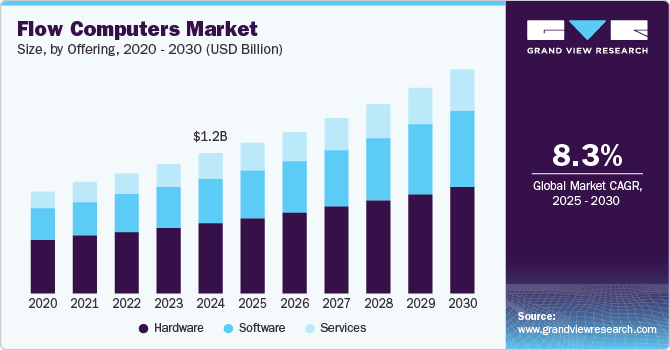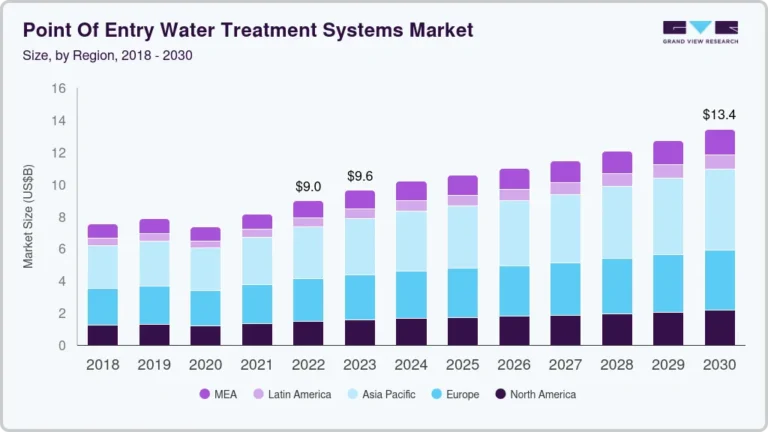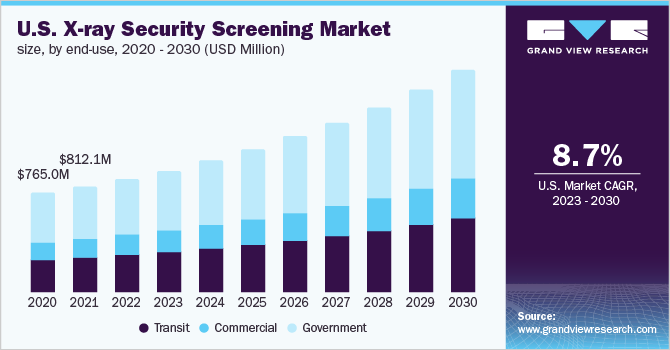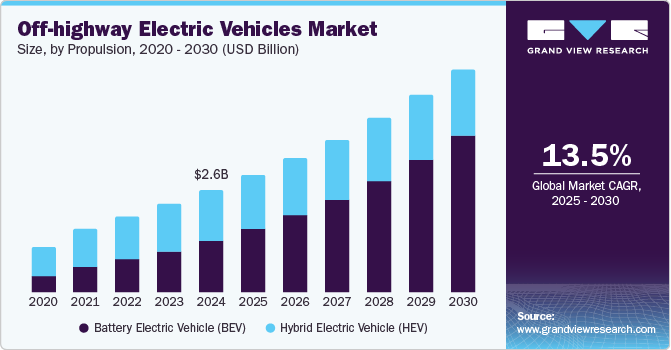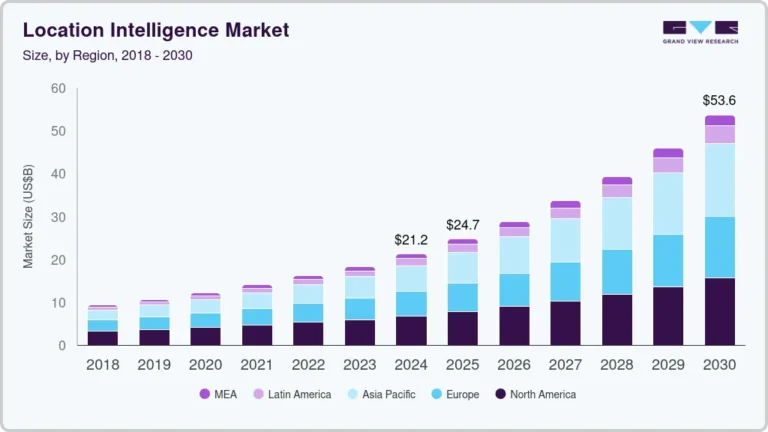UPS Battery Market Size, Share & Trends Analysis growing at a CAGR of 14.0% from 2025 to 2030
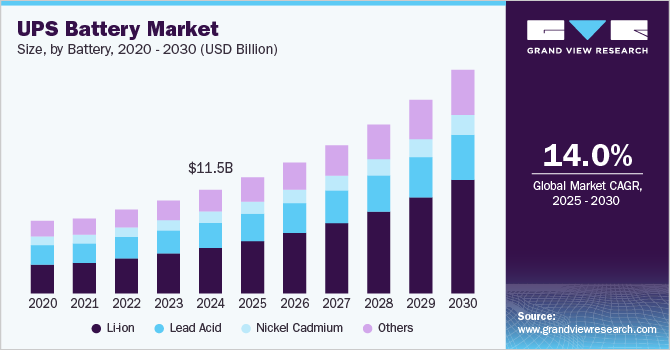
The global UPS battery market size was estimated at USD 11,489.4 million in 2024 and is projected to reach USD 24,808.2 million by 2030, growing at a CAGR of 14.0% from 2025 to 2030. The rapid digitization of industries and the growing reliance on data centers, cloud computing, and IoT have significantly boosted the demand for uninterrupted power supply systems.
Key Market Trends & Insights
- In terms of region, Asia Pacific was the largest revenue generating market in 2024.
- Country-wise, India is expected to register the highest CAGR from 2025 to 2030.
- In terms of segment, Li-ion accounted for a revenue of USD 5,065.6 million in 2024.
- Li-ion is the most lucrative battery type segment registering the fastest growth during the forecast period.
Market Size & Forecast
- 2024 Market Size: USD 11,489.4 Million
- 2030 Projected Market Size: USD 24,808.2 Million
- CAGR (2025-2030): 14.0%
- Asia Pacific: Largest market in 2024
Request a free sample copy or view report summary: https://www.grandviewresearch.com/industry-analysis/ups-battery-market-report/request/rs1
Data centers require reliable power backup to prevent costly downtimes and ensure seamless operations. This has led to the adoption of advanced UPS batteries, particularly lithium-ion (Li-ion) batteries, which offer higher energy density, longer lifespan, and faster recharge times than traditional lead-acid batteries.
The Asia Pacific region has emerged as a key growth driver for the market. Rapid industrialization, urbanization, and digital transformation in countries like China, India, and Japan have fueled the demand for reliable power backup solutions. The expansion of IT infrastructure and telecommunications in this region further amplifies the need for UPS systems to support critical operations during power disruptions.
Sustainability concerns are reshaping market dynamics. Businesses worldwide are increasingly prioritizing eco-friendly solutions to reduce their environmental footprint. Li-ion batteries are gaining traction due to their lower environmental impact than traditional lead-acid batteries. This shift aligns with corporate sustainability goals and regulatory mandates that emphasize reducing carbon emissions.
Additionally, technological advancements in battery design and integration with innovative technologies have driven market growth. Features like remote monitoring and intelligent automation enhance operational efficiency and reliability, making UPS systems more attractive to various industries. These innovations cater to the evolving needs of a digitally interconnected world.
The post-pandemic economic recovery has also contributed to market expansion. Increased energy consumption across automotive, industrial manufacturing, and consumer goods sectors has driven demand for efficient power backup solutions. Furthermore, businesses invest in UPS systems to ensure resilience against future disruptions.
Lastly, regional dynamics play a crucial role in shaping market trends. North America remains dominant due to its robust technological infrastructure and growing data center investments. Meanwhile, Europe’s focus on sustainability and renewable energy integration drives the adoption of advanced UPS battery technologies. Together with Asia Pacific’s rapid growth, these regions highlight diverse yet interconnected market expansion.
The UPS battery industry faces several challenges that impact its growth and sustainability. One of the primary concerns is the volatility of raw material costs and supply chain disruptions. The high and fluctuating prices of materials such as lithium, cobalt, and nickel pose a significant challenge, as these components account for a substantial portion of the battery cost. Additionally, geopolitical tensions and supply disruptions further complicate the supply chain. The increasing demand for these materials from other sectors, like electric vehicles, exacerbates the issue, making it difficult for UPS battery manufacturers to maintain stable pricing and supply.
UPS battery failures and maintenance are another critical challenge. Battery failures can lead to significant financial losses, particularly in critical infrastructure sectors like data centers. Regular inspections and maintenance are crucial to mitigate these risks. However, ensuring the reliability and longevity of UPS systems while managing maintenance costs is a delicate balance. This requires sophisticated monitoring systems and skilled personnel, which can be resource-intensive

